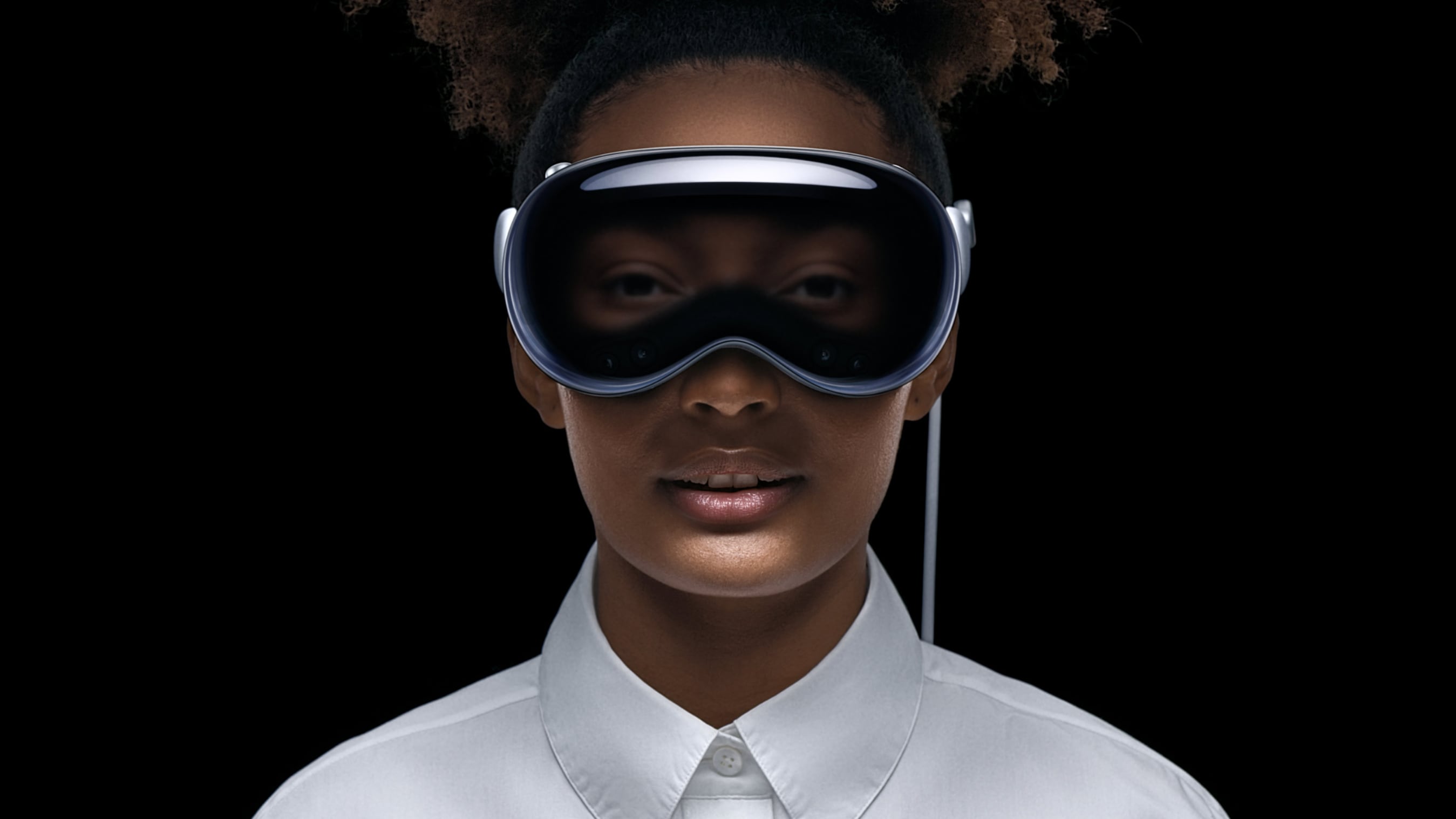Apple's upcoming low-cost variant of the Vision Pro headset will lose out on features including EyeSight and an M-series chip, according to Bloomberg's Mark Gurman.

Both The Information and Bloomberg have previously claimed that Apple is working on a more affordable version of the Apple Vision Pro headset. The initial version set to launch early next year will be priced at $3,500, placing it out of reach of many Apple customers.
In the latest edition of his "Power On" newsletter, Gurman explained that Apple has planned to launch a cheaper mixed-reality headset since before the announcement of Vision Pro and is now actively funneling resources toward the lower-end device. The company has apparently shifted staff away from developing a standalone AR glasses product toward the lower-cost headset. Apple has purportedly discussed pricing it at around $1,500 to $2,500.
Gurman previously mentioned that Apple plans to bring down the price of the headset using lower resolution displays and a chip designed for the iPhone, rather than the Mac. Now, he also believes that Apple is likely to remove EyeSight, Vision Pro's external display that shows the wearer's eyes, as well as reduce the number of cameras and sensors on the device.
Gurman also reiterated his report from last week that Apple is continuing work on the second-generation of the fully fledged Vision Pro headset, featuring a slightly smaller and lighter design to make it more comfortable to wear. Apple is also exploring integrating prescription lenses directly into the device to simplify its design.
This article, "Gurman: Low-Cost Vision Pro Model to Drop EyeSight and M-Series Chip" first appeared on MacRumors.com
Discuss this article in our forums
Source: TechRadar

Both The Information and Bloomberg have previously claimed that Apple is working on a more affordable version of the Apple Vision Pro headset. The initial version set to launch early next year will be priced at $3,500, placing it out of reach of many Apple customers.
In the latest edition of his "Power On" newsletter, Gurman explained that Apple has planned to launch a cheaper mixed-reality headset since before the announcement of Vision Pro and is now actively funneling resources toward the lower-end device. The company has apparently shifted staff away from developing a standalone AR glasses product toward the lower-cost headset. Apple has purportedly discussed pricing it at around $1,500 to $2,500.
Gurman previously mentioned that Apple plans to bring down the price of the headset using lower resolution displays and a chip designed for the iPhone, rather than the Mac. Now, he also believes that Apple is likely to remove EyeSight, Vision Pro's external display that shows the wearer's eyes, as well as reduce the number of cameras and sensors on the device.
Gurman also reiterated his report from last week that Apple is continuing work on the second-generation of the fully fledged Vision Pro headset, featuring a slightly smaller and lighter design to make it more comfortable to wear. Apple is also exploring integrating prescription lenses directly into the device to simplify its design.
Related Roundup: Apple Vision Pro
Tags: Bloomberg, Mark Gurman
Related Forum: Apple Vision Pro
This article, "Gurman: Low-Cost Vision Pro Model to Drop EyeSight and M-Series Chip" first appeared on MacRumors.com
Discuss this article in our forums
Source: TechRadar